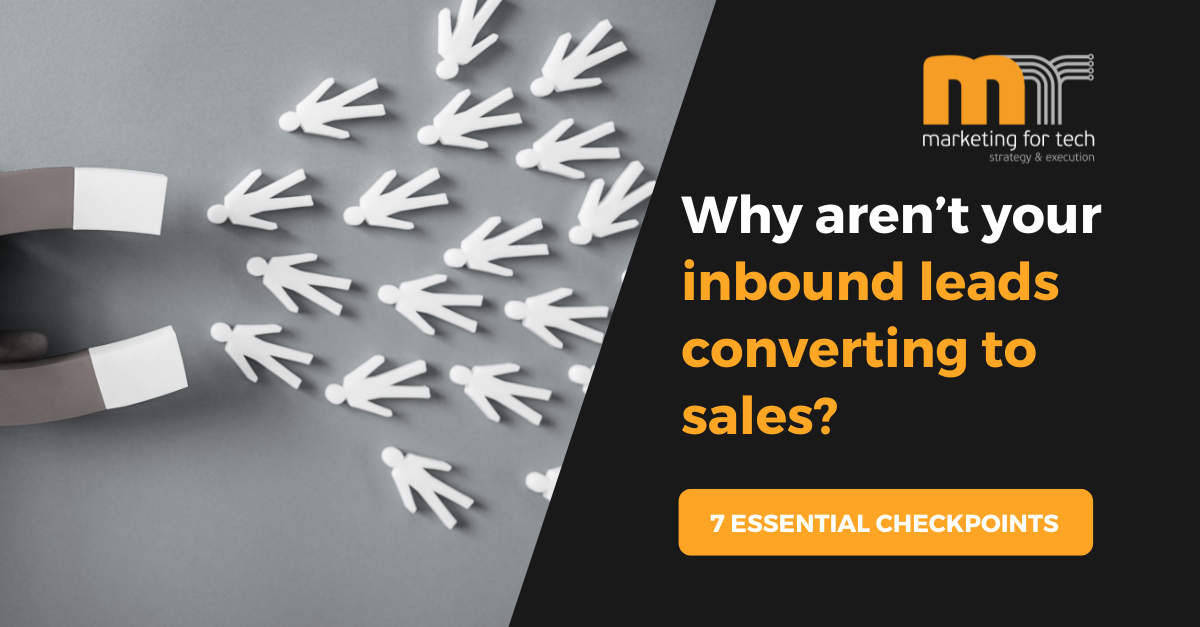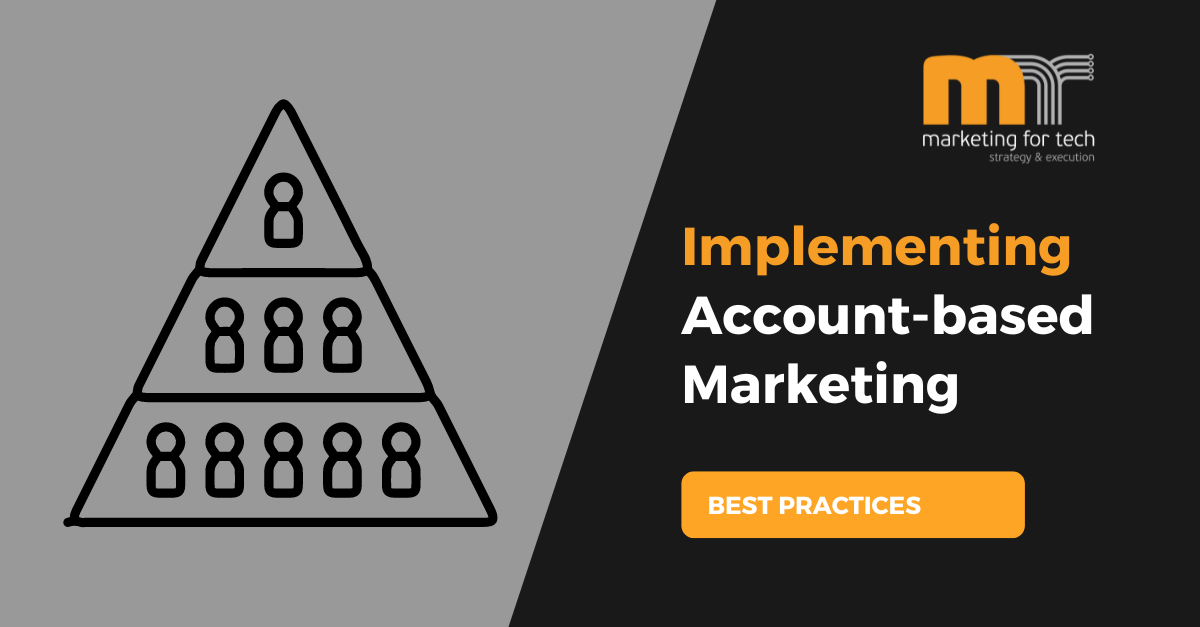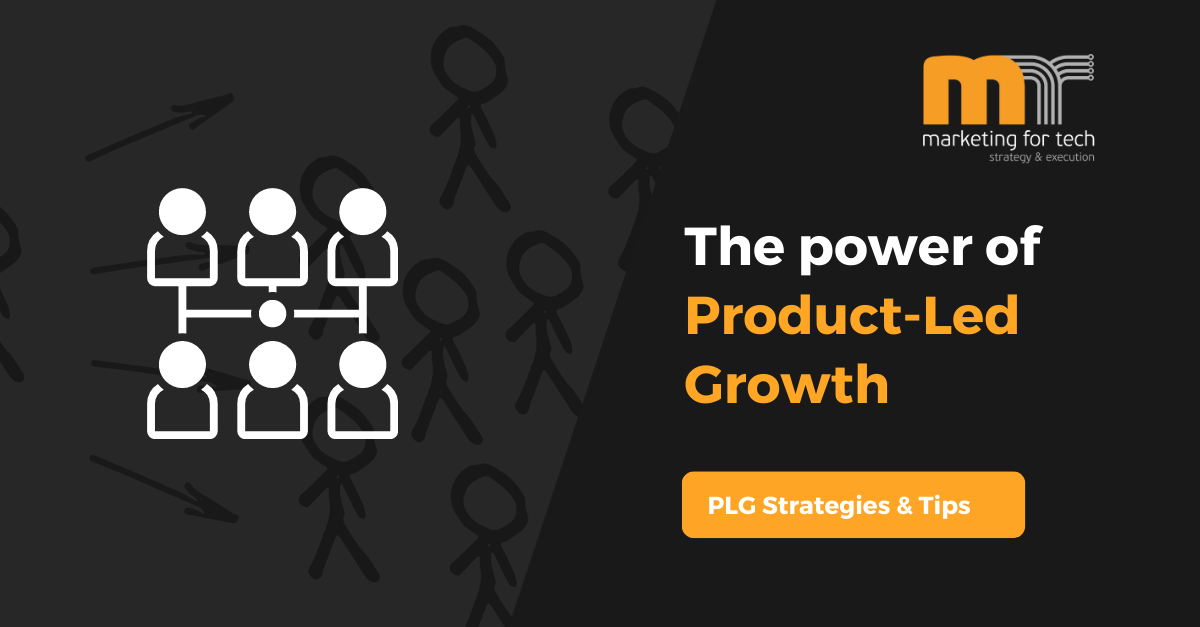Why Aren't Your Inbound Leads Converting to Sales?

Your digital marketing produces inbound leads but they are not turning into sales. Where does the problem lie? Is it in marketing or sales? Here are 7 essential checkpoints to help you to diagnose and solve lead conversion challenges at your company.
1. Are your critical website forms working?
Website forms—such as trial requests, demo sign-ups, contact forms, and pricing inquiries—are the lifeblood of inbound lead generation. However, even well-maintained systems can encounter unexpected issues. Forms may stop functioning due to system glitches, API disconnects, changes in website plugins, updates to your CMS, or third-party integrations. If left unchecked, this could mean that qualified leads are being lost without you even realizing. Do periodical checks to prevent this from happening.
2. Are your marketing efforts producing MQLs?
A Marketing Qualified Lead (MQL) isn’t just any lead but one that meets certain criteria suggesting they have the potential to become a customer.
When your marketing efforts are producing MQLs, it means that your campaigns are successfully attracting and engaging the right audience. If you’re not generating MQLs, it’s a sign that your strategy, messaging, targeting, or content might need improvement. If you are getting MQLs but not closing sales, the issue may lie in how those leads are followed up and managed by your sales team.
3. Are your MQLs being routed successfully to your sales reps?
Verify that your CRM or lead management system is properly configured with the right assignment rules, that the reps receive timely notifications, and that no leads are delayed or misrouted. Establish smooth communication between marketing and sales teams, tracking lead flow through reports or dashboards, and troubleshooting any technical issues that could disrupt the process.
The goal is to ensure every qualified lead reaches the right person promptly, maximizing follow-up and conversion opportunities.
4. How soon after an inbound lead comes in does your sales team follow up?
Timing and speed are critical when it comes to following up with inbound leads. When a prospect expresses interest—by filling out a form, requesting a demo, or downloading a resource—they are most engaged at that moment. If the sales team doesn’t act quickly, the person’s interest may fade, or worse, they may move on to a competitor. A timely the follow-up can increase the chance of engaging with the prospective customer.
5. How many leads engage with your sales team after they submit a form?
Tracking how many inbound leads actually engage with your sales team—whether by responding to a call, email, or meeting request—gives you insights into the effectiveness of your follow-up process.
Not every person who fills out a form will engage immediately, so it’s essential to know what portion of these prospects the sales team is able to successfully connect with. A low engagement rate can indicate potential bottlenecks in the handoff between marketing and sales or in the follow-up strategy.
6. How many times does your sales team try to reach out before they consider a lead 'unresponsive'?
Determining how many times the sales team attempts to connect with a lead before marking it as 'dead' or ‘unresponsive’ is critical to balancing persistence and efficiency. It’s common for leads to require multiple touchpoints until they engage with a sales representative. However, without a clear strategy, sales reps may give up too soon or spend too much time on low-potential leads, both of which can reduce productivity.
7. Is the lead lifecycle and follow up being tracked in a disciplined fashion?
You can’t improve what you don’t measure! Effective lead management requires meticulous tracking of the lead lifecycle and follow-up activities within a CRM system. This disciplined approach ensures that all interactions with leads are logged, analyzed, and leveraged to improve future sales strategies. Without systematic tracking, valuable insights can be lost, and sales teams may struggle to understand their pipeline's health and effectiveness.








